What's On
Gaslight
20260115
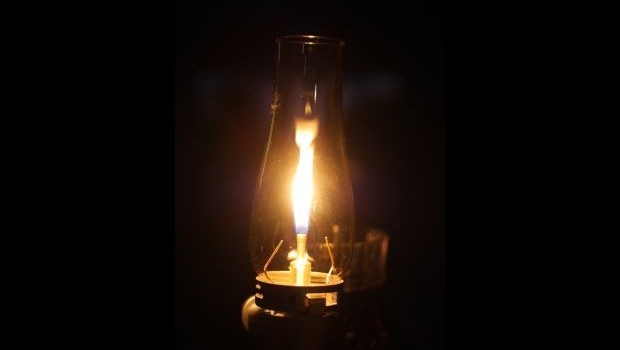
by Patrick Hamilton Directed by Dick Hebbert This amateur production of “Gaslight” is presented by arrangement with Concord Theatricals Ltd on behalf of Samuel French Ltd. www.concordtheatricals.co....
- Thu 15 Jan to Sat 24 Jan
- 150 minutes
Book Tickets
Click a time to book tickets
-
Thu 15 Jan
-
Fri 16 Jan
-
Sat 17 Jan
-
Mon 19 Jan
-
Tue 20 Jan
-
Wed 21 Jan
-
Thu 22 Jan
-
Fri 23 Jan
-
Sat 24 Jan
An Introduction to Modern Art: Creative Couples
20260121
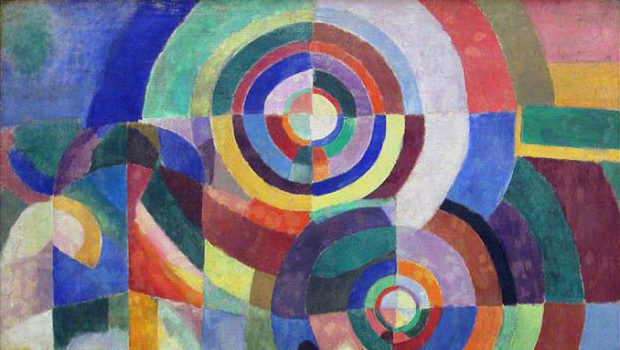
Image by Sonia Delaunay: Electric Prisms 1914 The Romantics pictured the artist as a singular genius, a creative visionary ploughing his own field. This is rarely, if ever, the case. Artists belong...
- Wed 21 Jan
- 90 minutes
A Night of Motown & Northern Soul - Belle Voix Trio
20260130
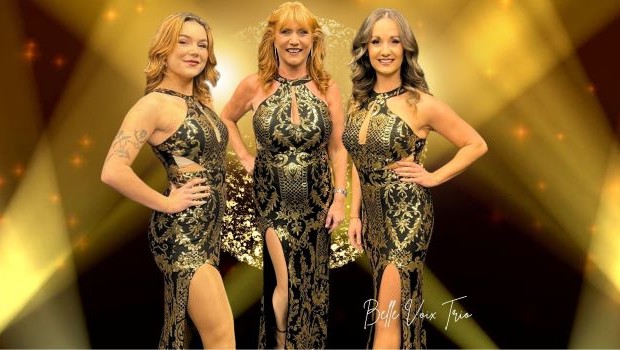
Belle Voix are a stunning female trio bringing the timeless sounds of Motown & Northern Soul and featuring over 30 iconic hits including Do I Love You (Indeed I Do), Tainted Love, Ain’t No Mountain Hi...
- Fri 30 Jan
- 150 minutes
Stagefright Comedy Club - January
20260131

Strictly 16+ Acts subject to change - refunds only available if the event is cancelled. Liam Farrelly ‘A natural storytelling flair. He’s going to have to get used to the Kevin Bridges comparisons...
- Sat 31 Jan
- 150 minutes
Jon Palmer Acoustic Band
20260206
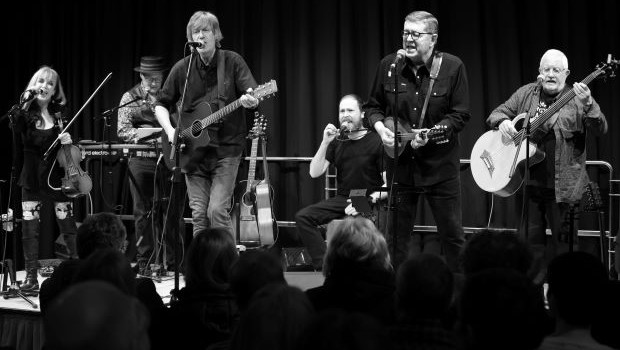
The Jon Palmer Acoustic Band are an established and well-respected outfit who have created an enviable live reputation in the north of the country, which is hard to beat. A six-piece band (Jon Pal...
- Fri 6 Feb
- 150 minutes
Holly Taymar sings Eva Cassidy
20260207

Holly Taymar is a highly accomplished singer-songwriter from York with a warm, expressive voice and a captivating stage presence. Known for her heartfelt performances and deep connection with audienc...
- Sat 7 Feb
- 135 minutes
Big Big Sky
20260217
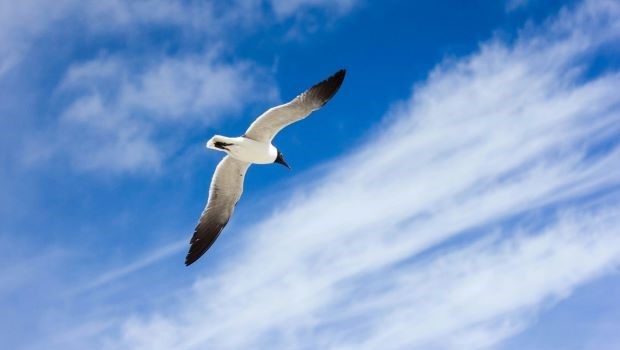
by Tom Wells Directed by Chris Winstanley This amateur production is presented by arrangement with NICK HERN BOOKS. A tender coastal comedy of love and loss, filled with Yorkshire heart and soul....
- Tue 17 Feb to Sat 21 Feb
- 150 minutes
Book Tickets
Click a time to book tickets
-
Tue 17 Feb
-
Wed 18 Feb
-
Thu 19 Feb
-
Fri 20 Feb
-
Sat 21 Feb
The Animals
20260305

Ilkley Players Greenroom for the National Theatre Connections Festival 2026 by Sean Buckley Directed by Lisa Debney, Andrew Leggott and Eliza Wilson Recommended age 13+ Approx running time 60 m...
- Thu 5 Mar to Sat 7 Mar
- 60 minutes
Book Tickets
Click a time to book tickets
-
Thu 5 Mar
-
Fri 6 Mar
-
Sat 7 Mar
The Human Body
20260312

by Lucy Kirkwood Directed by Yvette Huddleston This amateur production is presented by arrangement with NICK HERN BOOKS. “We won the war. We won the election. Only nobody told us victory would be...
- Thu 12 Mar to Sat 21 Mar
- 150 minutes
Book Tickets
Click a time to book tickets
-
Thu 12 Mar
-
Fri 13 Mar
-
Sat 14 Mar
-
Mon 16 Mar
-
Tue 17 Mar
-
Wed 18 Mar
-
Thu 19 Mar
-
Fri 20 Mar
-
Sat 21 Mar
Stagefright Comedy Club - March
20260328
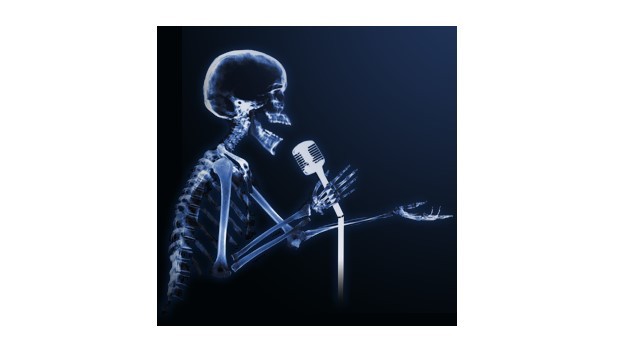
Strictly 16+ Acts TBC. Refunds only available if the event is cancelled. Showcasing the finest acts on the UK and international comedy circuit in the intimate surroundings of the Wildman Studio, th...
- Sat 28 Mar
- 150 minutes
Bindweed
20260410
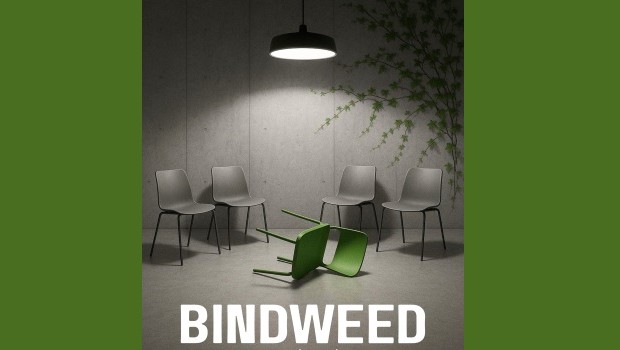
by Martha Loader Directed by Paul Chewins A Rise and Howl Production This amateur production is presented by arrangement with Nick Hern Books. Running time approx 2 hours including an interval. ...
- Fri 10 Apr to Sat 11 Apr
- 120 minutes
The After Hours Quintet
20260417
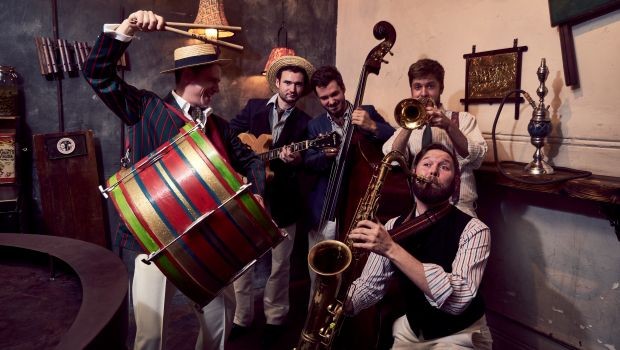
Join The After Hours Quintet for a scintillating, exhilarating jaunt through the vaults of British Trad Jazz, New Orleans Swing, Gypsy Jazz and Jump Blues. Led by front man Oly Clarkson (on Sax, Cl...
- Fri 17 Apr
- 165 minutes
The Hooliemen
20260418

The Hooliemen are a superb 4-piece acoustic traditional Irish folk band, made up of four seasoned and highly accomplished musicians who have played together for decades. Now performing officially unde...
- Sat 18 Apr
- 120 minutes
Calendar Girls The Musical
20260422
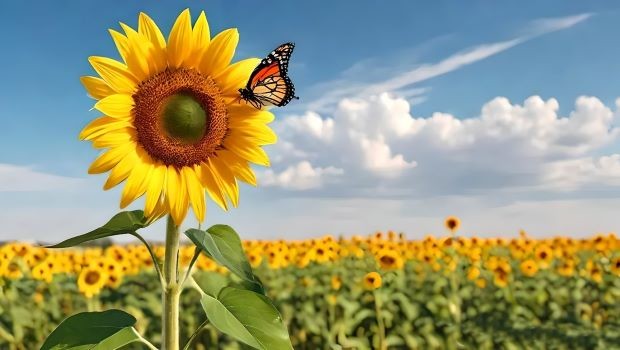
A Musical by Gary Barlow and Tim Firth Originally produced by David Pugh & Dafydd Rogers and the Shubert Organisation Based on the play CALENDAR GIRLS written by Tim Firth and on the motion picture ...
- Wed 22 Apr to Sat 2 May
- 150 minutes
Book Tickets
Click a time to book tickets
-
Wed 22 Apr
-
Thu 23 Apr
-
Fri 24 Apr
-
Sat 25 Apr
-
Mon 27 Apr
-
Tue 28 Apr
-
Wed 29 Apr
-
Thu 30 Apr
-
Fri 1 May
-
Sat 2 May
Stagefright Comedy Club - May
20260509

Strictly 16+ Acts TBC. Refunds only available if the event is cancelled. Showcasing the finest acts on the UK and international comedy circuit in the intimate surroundings of the Wildman Studio, th...
- Sat 9 May
- 150 minutes
Accidental Death of an Anarchist
20260518
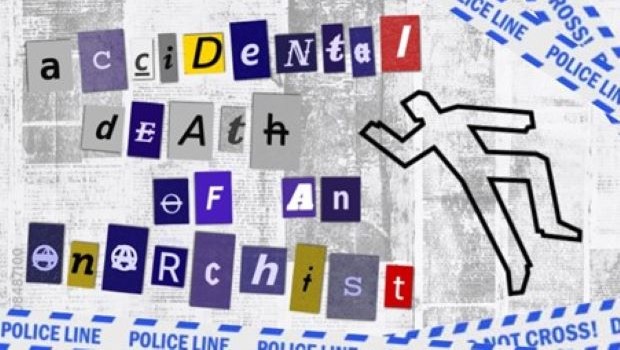
by Dario Fo and Franca Rame, adapted by Tom Basden Directed by Ian Taylor This amateur production is presented by arrangement with NICK HERN BOOKS. "Are you seriously suggesting that we stick eve...
- Mon 18 May to Sat 23 May
- 150 minutes
Book Tickets
Click a time to book tickets
-
Mon 18 May
-
Tue 19 May
-
Wed 20 May
-
Thu 21 May
-
Fri 22 May
-
Sat 23 May
Teechers
20260603
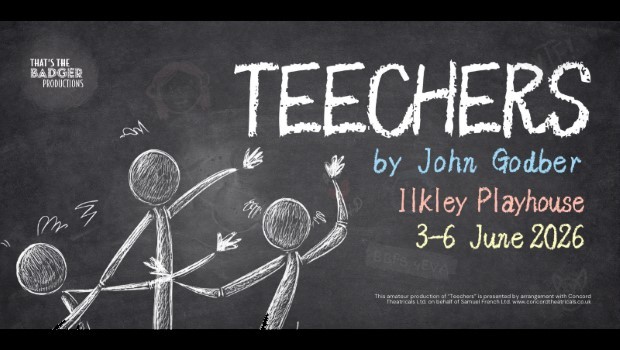
by John Godber Produced by That's The Badger Productions Ltd. Directed by Rick Hyland This amateur production of “Teechers” is presented by arrangement with Concord Theatricals Ltd. on behalf of Sa...
- Wed 3 Jun to Sat 6 Jun
- 120 minutes
Book Tickets
Click a time to book tickets
-
Wed 3 Jun
-
Thu 4 Jun
-
Fri 5 Jun
-
Sat 6 Jun
The Shroud Maker
20260612
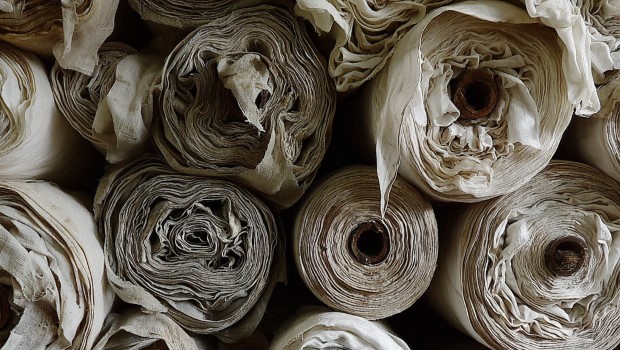
by Ahmed Masoud Directed by Julie Domaille and performed by Jan Thomas An Ilkley Playhouse Fringe Production This amateur production is presented by arrangement with Oberon Books Limited. Hajja ...
- Fri 12 Jun to Sat 13 Jun
- 60 minutes
Book Tickets
Click a time to book tickets
-
Fri 12 Jun
-
Sat 13 Jun
The Girl on the Train
20260615

Based on the bestselling novel by Paula Hawkins and DreamWorks film Adapted by Rachel Wagstaff and Duncan Abel Directed by Rick Hyland This amateur production is presented by arrangement with Curti...
- Mon 15 Jun to Sat 20 Jun
- 150 minutes
Book Tickets
Click a time to book tickets
-
Mon 15 Jun
-
Tue 16 Jun
-
Wed 17 Jun
-
Thu 18 Jun
-
Fri 19 Jun
-
Sat 20 Jun
Stagefright Comedy Club - July
20260704

Strictly 16+ Acts TBC. Refunds only available if the event is cancelled. Showcasing the finest acts on the UK and international comedy circuit in the intimate surroundings of the Wildman Studio, th...
- Sat 4 Jul
- 150 minutes
The Rob Dylan Band
20260710
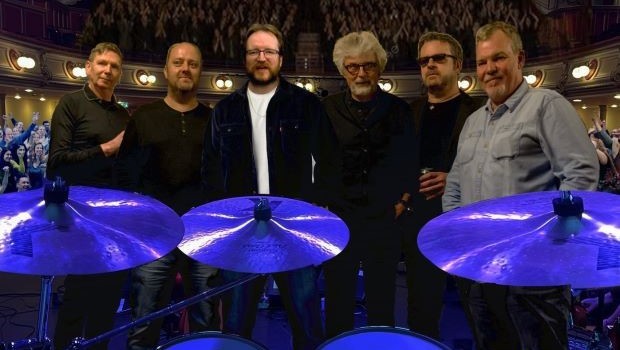
The Rob Dylan Band was formed by a group of musicians who share a passion for the work of Bob Dylan. Since its formation the band has headlined at numerous International Dylan Festivals. Playing to...
- Fri 10 Jul
- 165 minutes
Iron
20260713
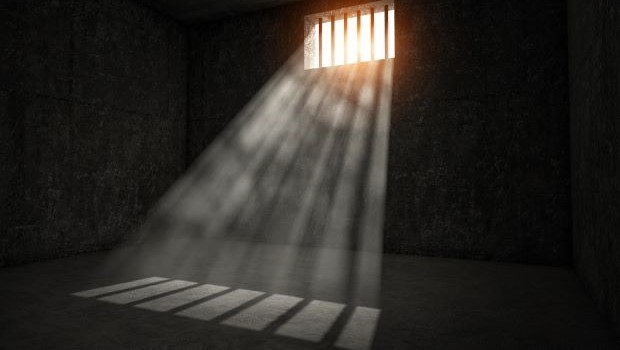
by Rona Munro Directed by Chrissie Poulter This amateur production is presented by arrangement with NICK HERN BOOKS. “Better this way, believe me. A surprise is a great idea but you may never kno...
- Mon 13 Jul to Sat 18 Jul
- 150 minutes
Book Tickets
Click a time to book tickets
-
Mon 13 Jul
-
Tue 14 Jul
-
Wed 15 Jul
-
Thu 16 Jul
-
Fri 17 Jul
-
Sat 18 Jul
Fleetwood Shack
20260724
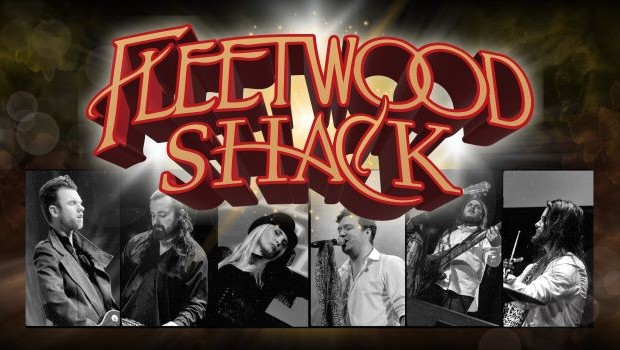
Prepare to be transported on a remarkable musical journey as Fleetwood Shack delivers an extraordinary performance, featuring an impressive repertoire of the biggest and most beloved Fleetwood Mac hi...
- Fri 24 Jul
- 165 minutes
Voodoo Room (playing Hendrix, Clapton & Cream)
20260725
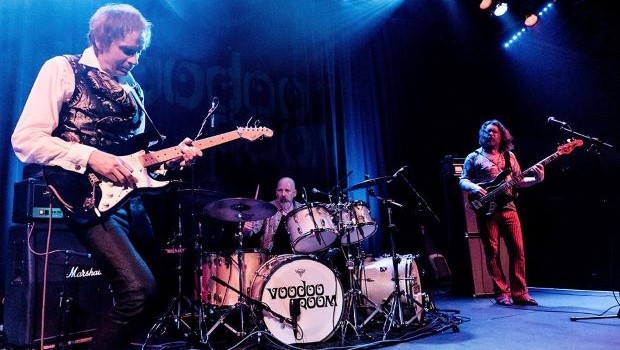
Paying tribute to some of the greatest names in rock history, Jimi Hendrix, Eric Clapton and Cream , Voodoo Room are a stunning power-trio featuring some of the UK's finest musicians. Members of t...
- Sat 25 Jul
- 150 minutes
